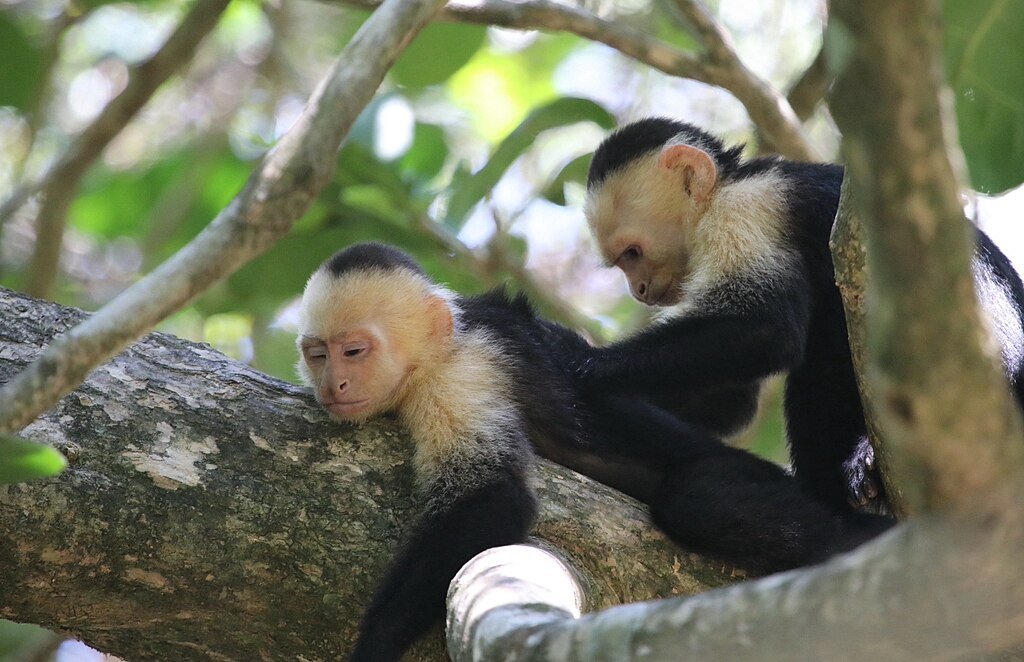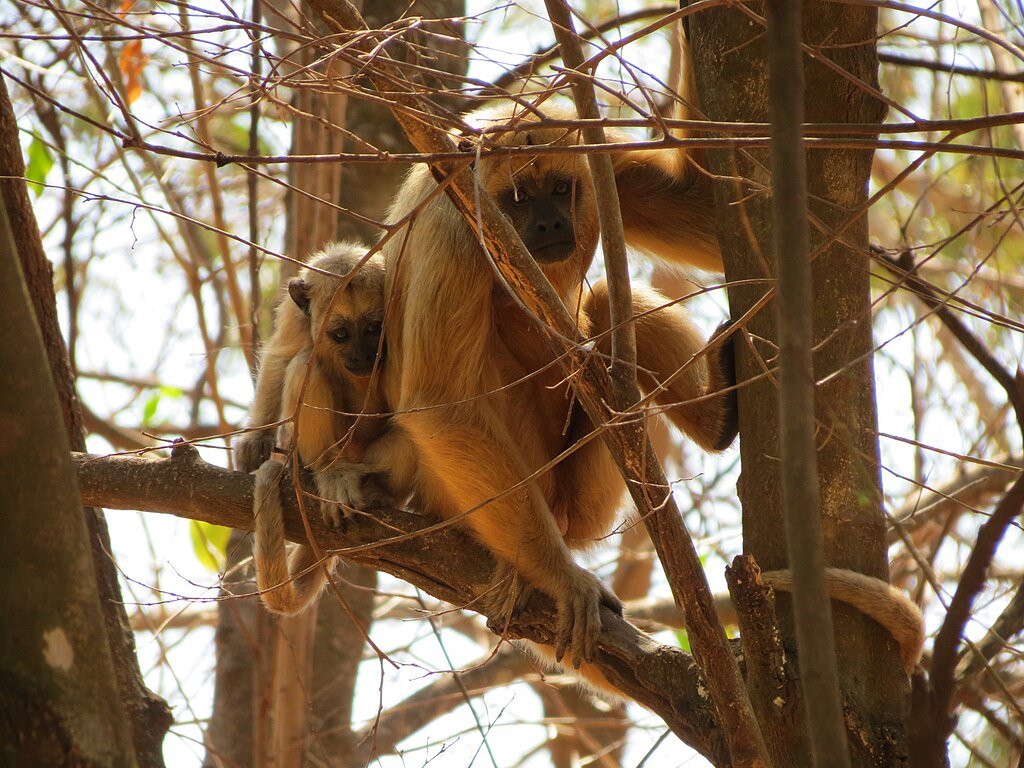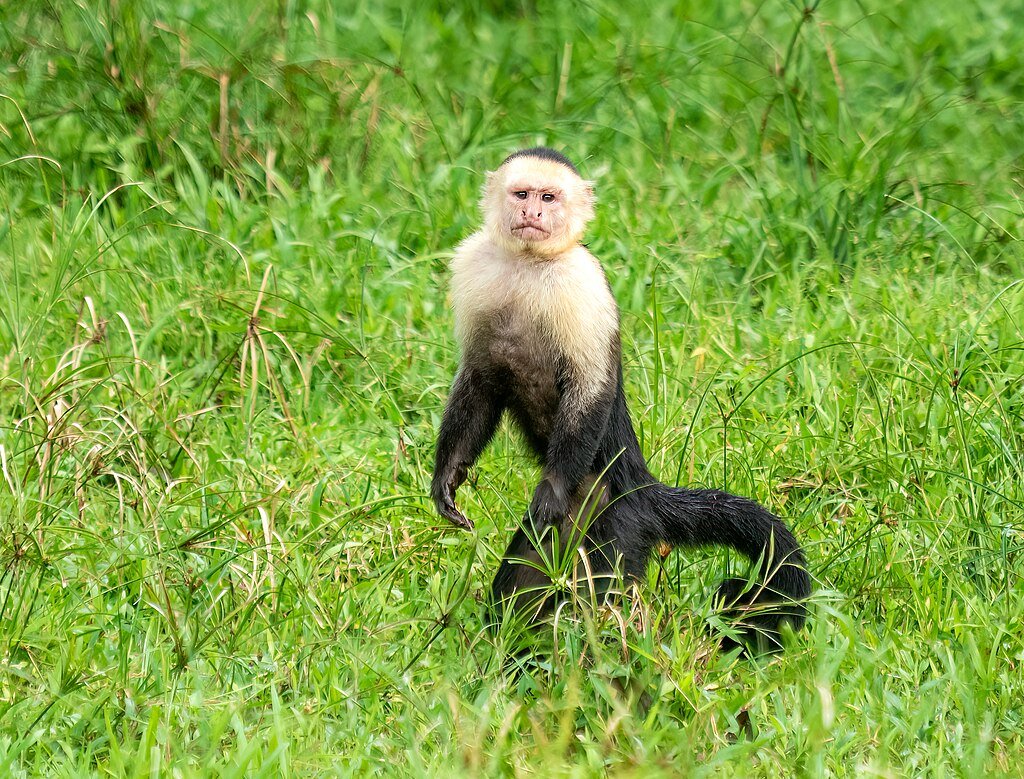Researchers have documented an unusual and alarming trend among white-faced capuchin monkeys on Jicarón Island, Panama. Young male capuchins have been observed abducting newborn howler monkeys, carrying them on their backs for days before the infants ultimately perish. This behavior, which began with a single individual, has spread among the group, leaving scientists puzzled about its origins and implications.
The Emergence of the Behavior

The first recorded instance occurred in January 2022 when a juvenile male capuchin, nicknamed Joker, was seen carrying a baby howler monkey. Initially, researchers speculated that this might be an act of adoption, but the fact that a male was exclusively carrying the infants raised questions. Over the next fifteen months, at least eleven howler infants were abducted by five different capuchins, suggesting that the behavior had become a social trend within the group. The consistent pattern indicates that the behavior was learned rather than instinctive.
Possible Explanations

Scientists are still investigating why the capuchins engage in this behavior. Some theories suggest that the young males may be experimenting with parental instincts, while others propose that the abductions could be a form of social bonding or dominance display. Unlike typical predation, the capuchins do not appear to harm the infants intentionally, but the stress and lack of proper care result in their deaths. It is unclear whether the monkeys understand the consequences of their actions or if the behavior is an exploratory phase in their social development.
Social Transmission and Primate Behavior Studies
This phenomenon challenges existing knowledge of primate social structures and raises questions about how behaviors spread within groups. The fact that this trend originated with one individual and was later adopted by others suggests a form of cultural transmission among capuchins. Researchers are continuing to monitor the group to determine whether the behavior persists or fades over time. Given that social learning plays a crucial role in primate societies, the spread of this behavior provides insight into how trends emerge within animal groups and how seemingly strange behaviors become ingrained in their social dynamics.
Implications for Conservation and Ethical Considerations
Understanding capuchin behavior is essential for conservation efforts and ethical considerations surrounding wildlife research. Since white-faced capuchins are highly intelligent and capable of social learning, behaviors that emerge in isolated groups can be difficult to predict or manage. Conservationists are concerned about how these interactions may impact local howler monkey populations and whether intervention may be necessary to prevent long-term disruptions in the ecosystem. As researchers continue to document these incidents, questions arise regarding how human presence may influence animal behaviors in unintended ways.
Conclusion
The discovery of capuchins abducting howler monkey infants is a rare and perplexing example of primate behavior. As scientists work to understand the motivations behind this trend, the findings may provide new insights into social learning, dominance dynamics, and interspecies interactions in primates. Future studies may explore whether the behavior fades naturally or persists within the population, offering broader implications for primate cognition and social transmission.
Source:




